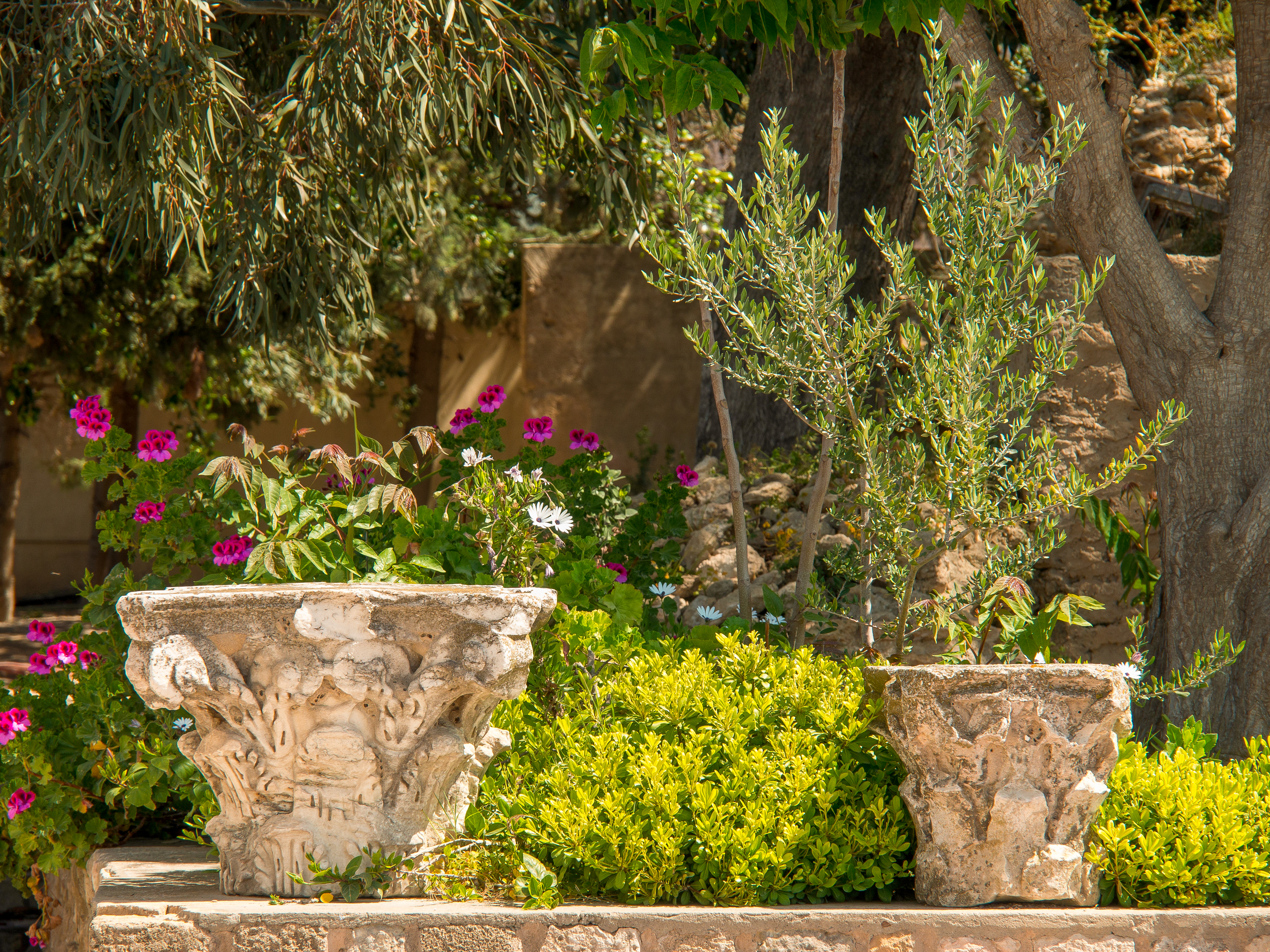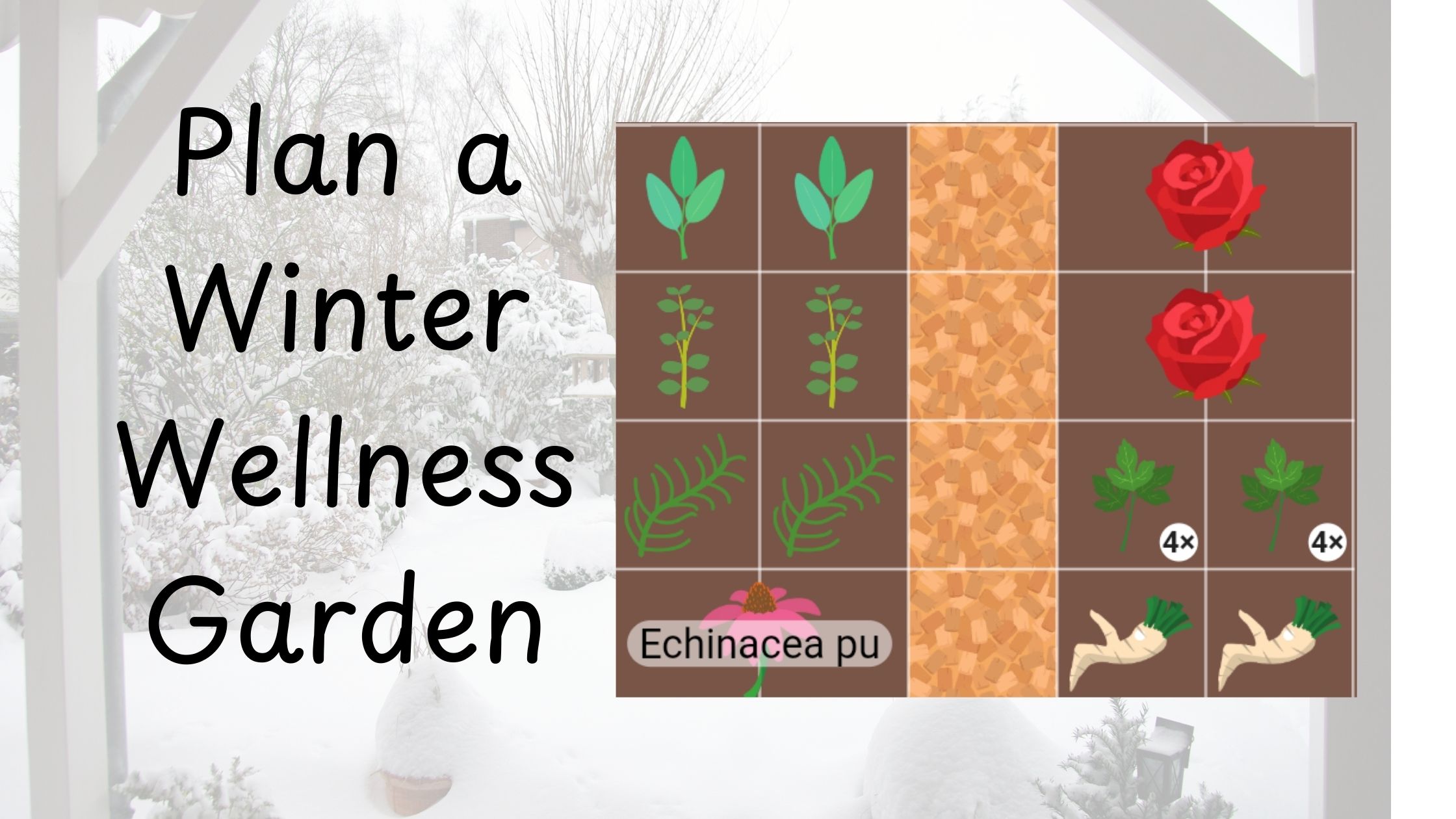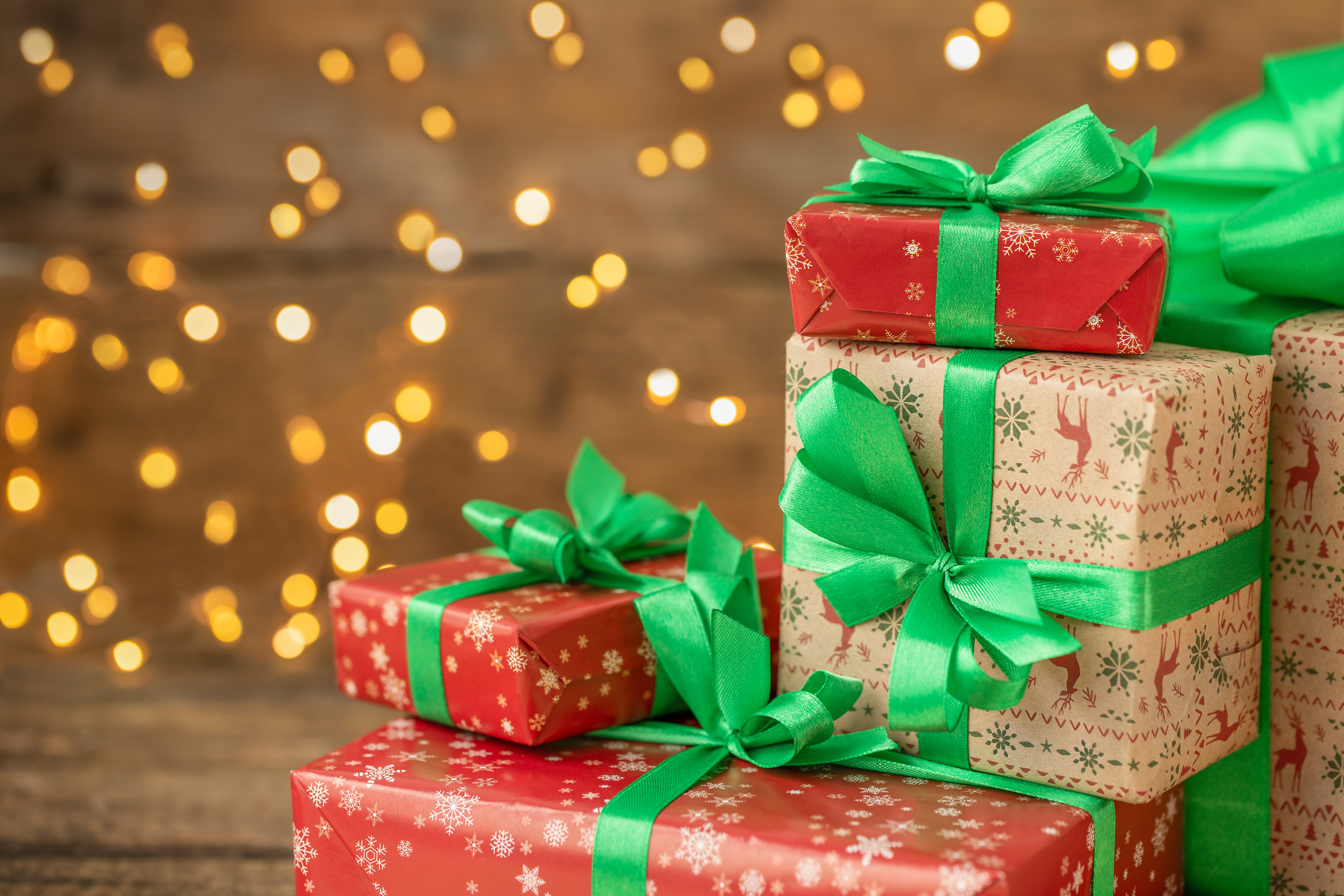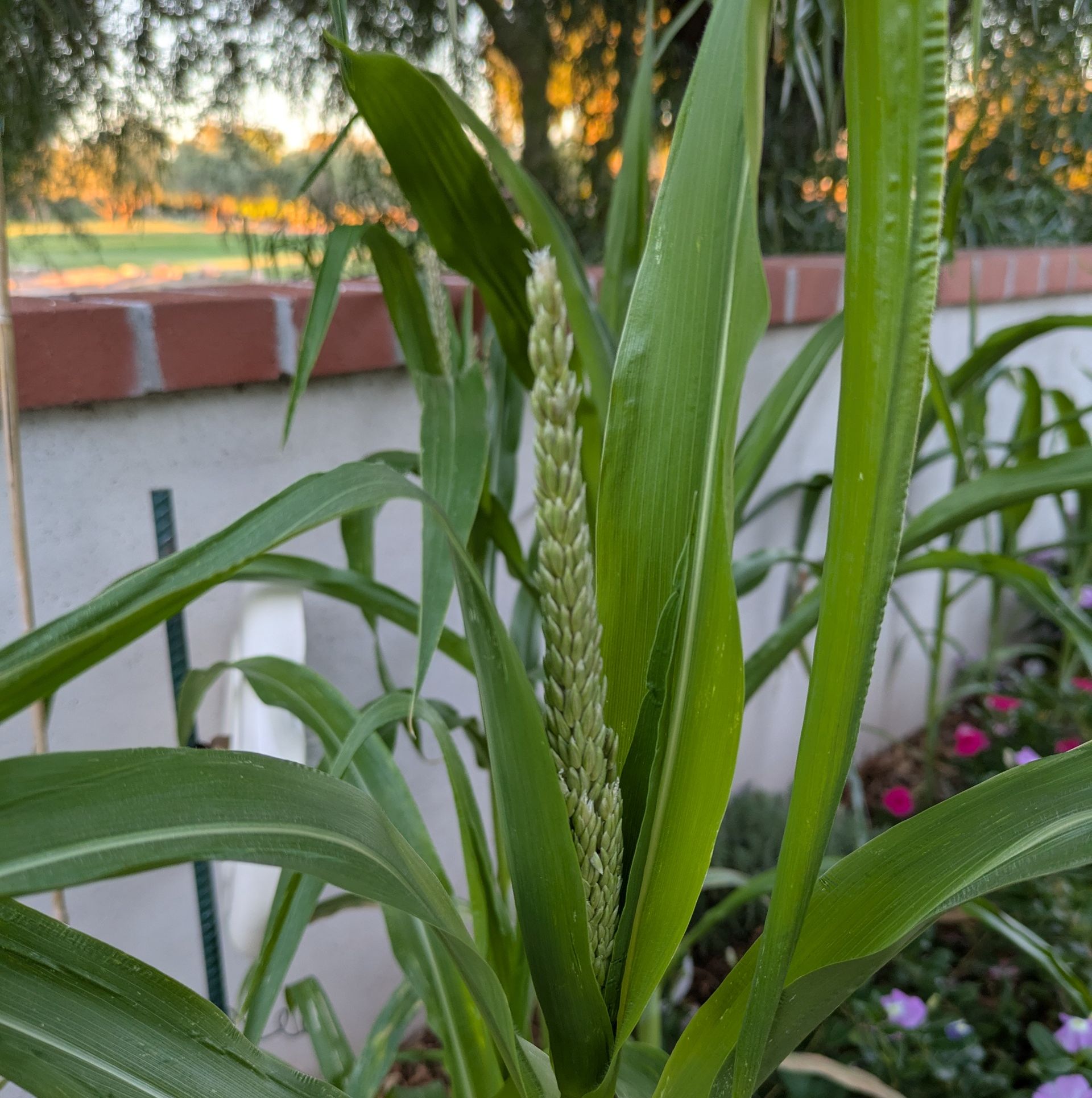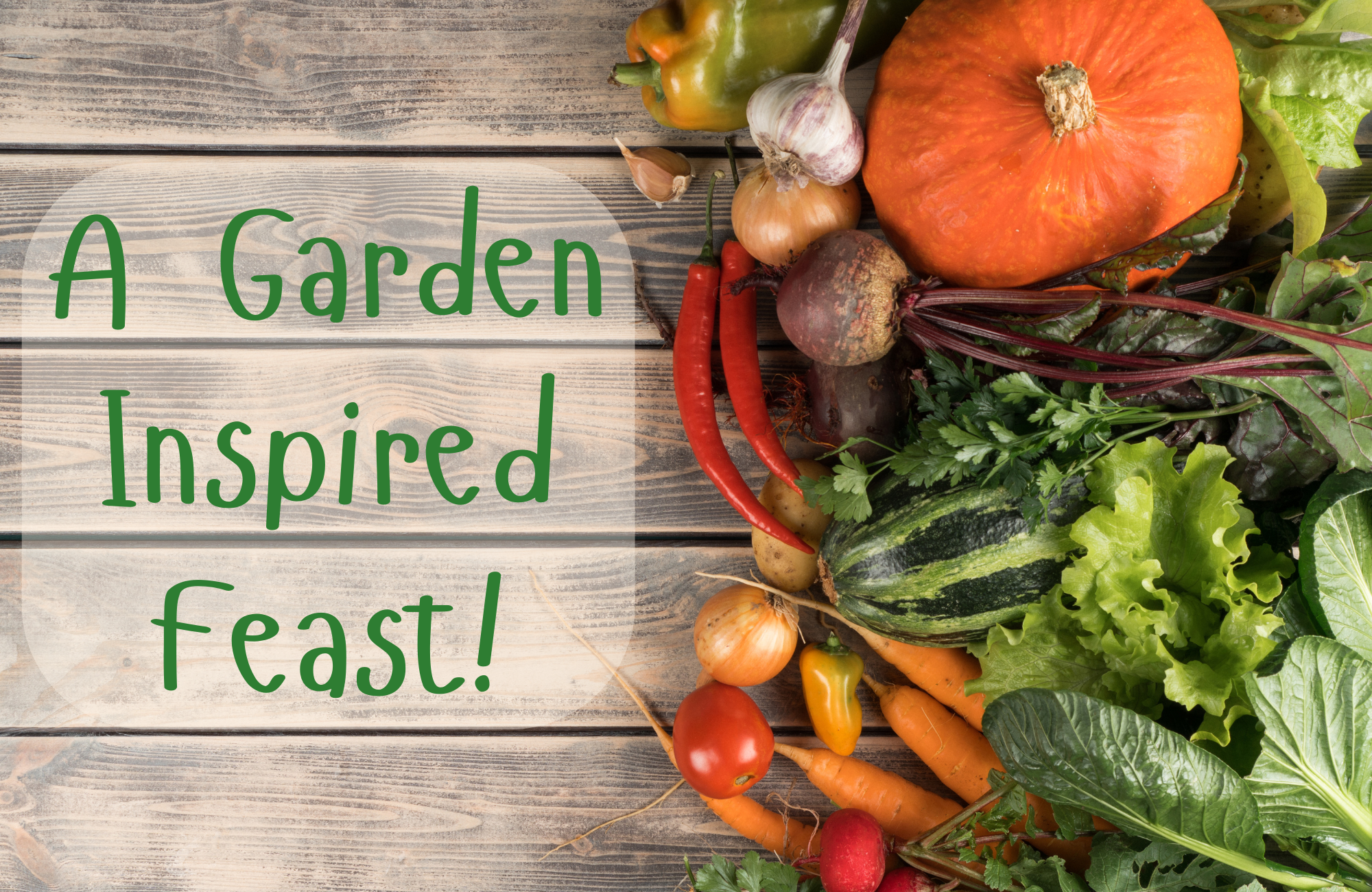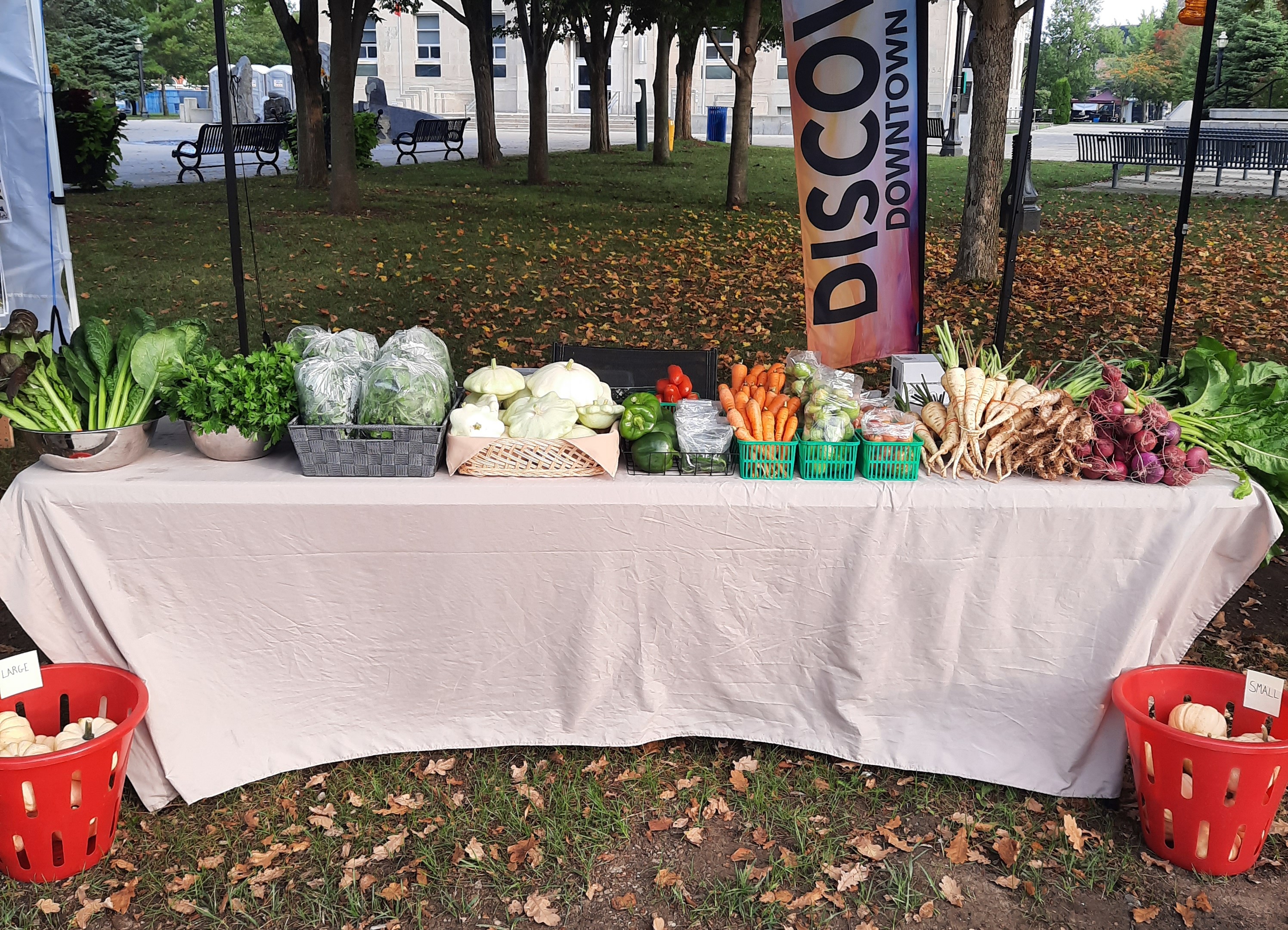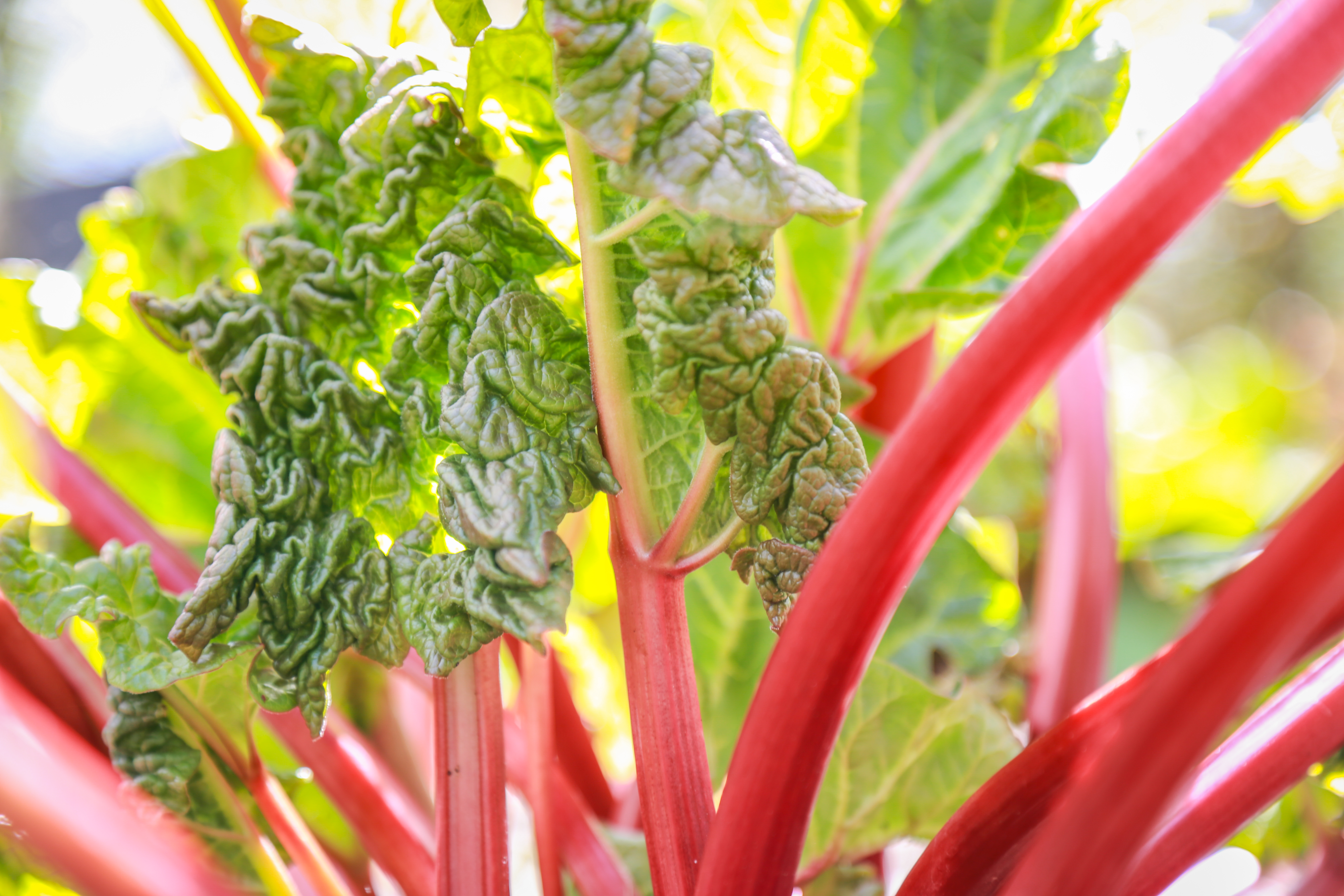Sometimes called “nature’s cement,” caliche is a hardened layer of calcium carbonate that binds rock, sand, and soil together into a cement-like barrier that roots—and water—struggle to pass through. In the Desert Southwest, caliche can create real challenges for gardeners, affecting drainage, root growth, and overall soil health. In this article, we’ll look at some practical ways to manage caliche in your yard. A Bit More About Caliche Caliche is common in desert environments from the USA to Australia....

